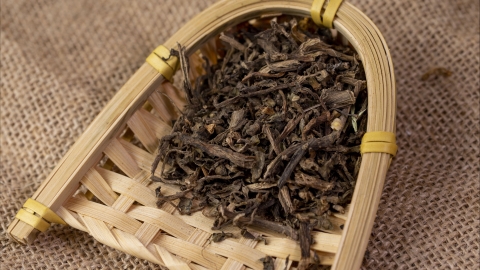Is Portulaca oleracea the same as Sedum sarmentosum?
Generally speaking, Portulaca oleracea is not Sedum sarmentosum; they are two distinct types of traditional Chinese medicinal materials. Detailed analysis is as follows:

In terms of botanical classification, Portulaca oleracea belongs to the Portulacaceae family and the genus Portulaca, whereas Sedum sarmentosum belongs to the Crassulaceae family and the genus Sedum. Regarding morphological characteristics, Portulaca oleracea has prostrate or erect stems that are dark red in color, with flat, thick leaves resembling horse teeth. In contrast, Sedum sarmentosum has slender, creeping stems and leaves that are oblanceolate to oblong in shape, longer and narrower than those of Portulaca oleracea, arranged in whorls. Concerning growth habits, Portulaca oleracea typically grows in fertile, moist areas such as vegetable gardens, roadsides, and fields, showing strong environmental adaptability, while Sedum sarmentosum is commonly found in semi-shaded, moist places like rock crevices on hillsides and ditches. In terms of medicinal value, Portulaca oleracea is known for clearing heat, detoxifying, cooling blood to stop bleeding, and treating dysentery, often used for conditions such as heat-toxin-induced dysentery and abscesses. Sedum sarmentosum, on the other hand, focuses on clearing heat and dampness, detoxifying, and reducing swelling, frequently used for treating jaundice caused by damp-heat and urinary difficulties. Therefore, it is evident that Portulaca oleracea and Sedum sarmentosum are entirely different plants and must be clearly distinguished in practical applications.
Patients should use these two Chinese herbal medicines under the guidance of a physician to avoid self-medication and potential severe adverse drug reactions. Additionally, when consumed as wild vegetables in daily life, they should be properly cleaned and processed to avoid accidental ingestion of toxic, similar-looking plants.







